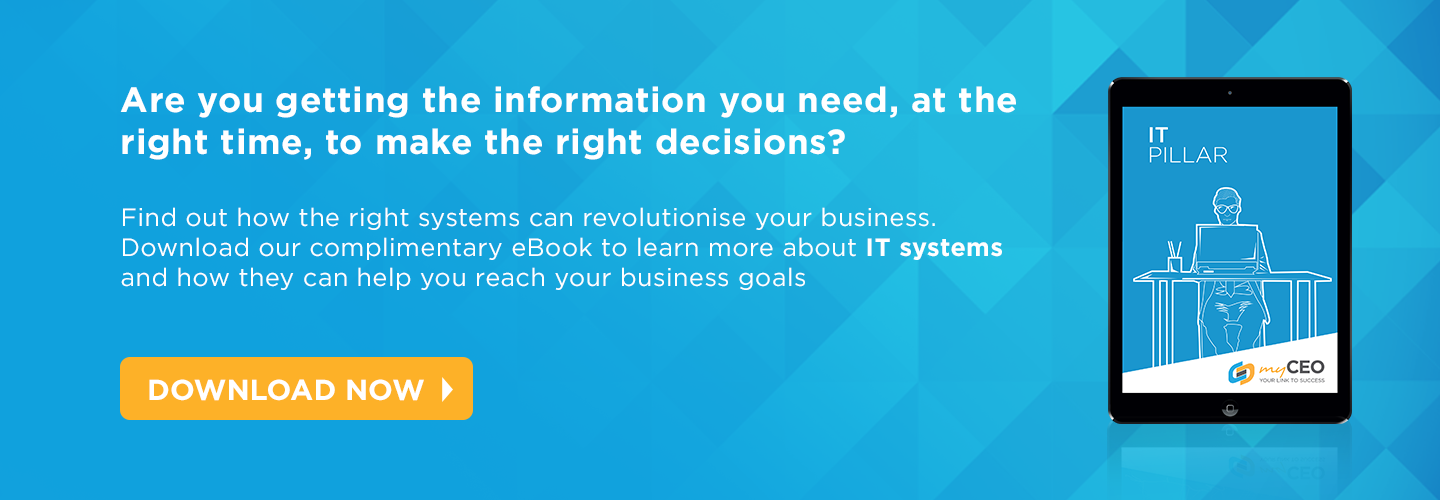
It’s no wonder that a few business owners end up being more confused after reading about today’s tech trends. Tips on the Internet come in all shapes and sizes, especially when it comes to using technology for business. If you’ve ever come across business tips that make you do completely opposite things with today’s technology, you know how frustrating they can be to go over.
Does this mean that you should dismiss the advice they give? Absolutely not. In this post, we give three sets of contradicting advice on technology and show you how to take advantage of each.
1. How Much To Spend On Technology
On one hand, you should avoid being quick to spend your cash on every piece of technology. Just because it’s trendy doesn’t mean that you should get the software - or that you’ll even have a use for it in a small business, in the first place. To improve back-end productivity, many businesses offer services that are customised not only to your needs, but also your budget. There are also lots of free software you can start with on the internet, such as these apps.
On the other hand, it’s okay to spend a little extra to give you what you need to generate sustainable income. Being productive hinges on speed and focus - two things that could easily come to you when you’re willing to pay for outsourcing services and management and operational software. Digitising business also became a trend because of its increasing practical benefits; gaining more functionality with your assets and generating actionable data from each business aspect are two good reasons for you to jump on the bandwagon.
The verdict: Everything depends on what your business needs and can afford. If you need to grow your business fast, technology solutions are for you. If you can afford to explore some of the trends we’ve mentioned, then why not? If you need to optimise your business by going for tech that’s simpler or easier to deploy, it’s also not a bad strategy to follow.
2. What To Put On Your Website
On one hand, you need to be making your brand seem bigger than it is. Having a strong web presence is one of the main standards for looking (and being) professional to consumers these days, so it’s important to be on channels your audience will be looking at. Even prior to launching a new business or product, have your website up and make sure it has enough of the right content to engage viewers.
On the other hand, simplicity online is best. The name of the game is accessibility for the customer, so make sure you’re not overdoing it while trying to dress up your brand. Most times, a content-heavy website can push audiences to click away or leave if they can’t access it on a mobile device.
The verdict: Looking more professional is not equal to over-garnishing your website. The key is being able to provide features that are important to your audience, such as helpful content and access to online services.
3. Managing Your Customer Relationships Online
On one hand, targeting a wider demographic online doesn’t always translate into having a more engaged audience. Marketing that sounds too general never convinces anyone, so it’s important to find your niche. This lets you refine your messaging and make it appealing towards consumers, influencers and concerned individuals within a specific market.
On the other hand, using the Internet gives you so many opportunities to reach out to more people. You can even promote your brand and offer services to the entire world, provided your business has the structure and tools to do so. Growing your business on a global scale through e-commerce is a strategy applicable not only to large businesses, but SMEs hoping to expand their market.
The verdict: Because technology gives you the opportunity to do business even without being physically present, you are already targeting a bigger audience than what’s expected storefront. Going global and refining your market don’t have to be mutually exclusive if location isn’t a characterising aspect of your target consumer.
There are many other confusing suggestions about using technology for business, so find a solution that works based on your specific goals. When you have an objective in mind, it becomes easier to learn about the tools you’ll need to get your business where it needs to be.
For more in-depth strategies from our management consultants, download our IT Ebook Guide for SMEs.

